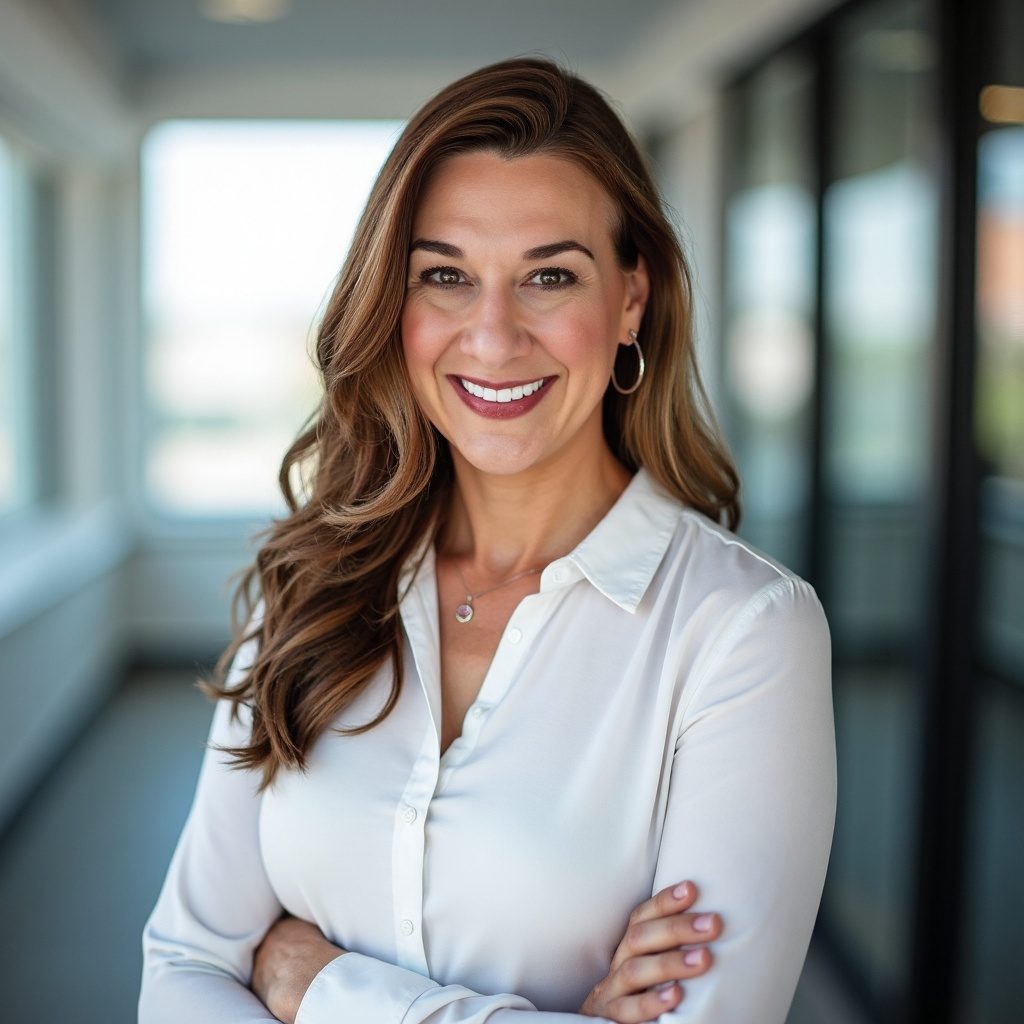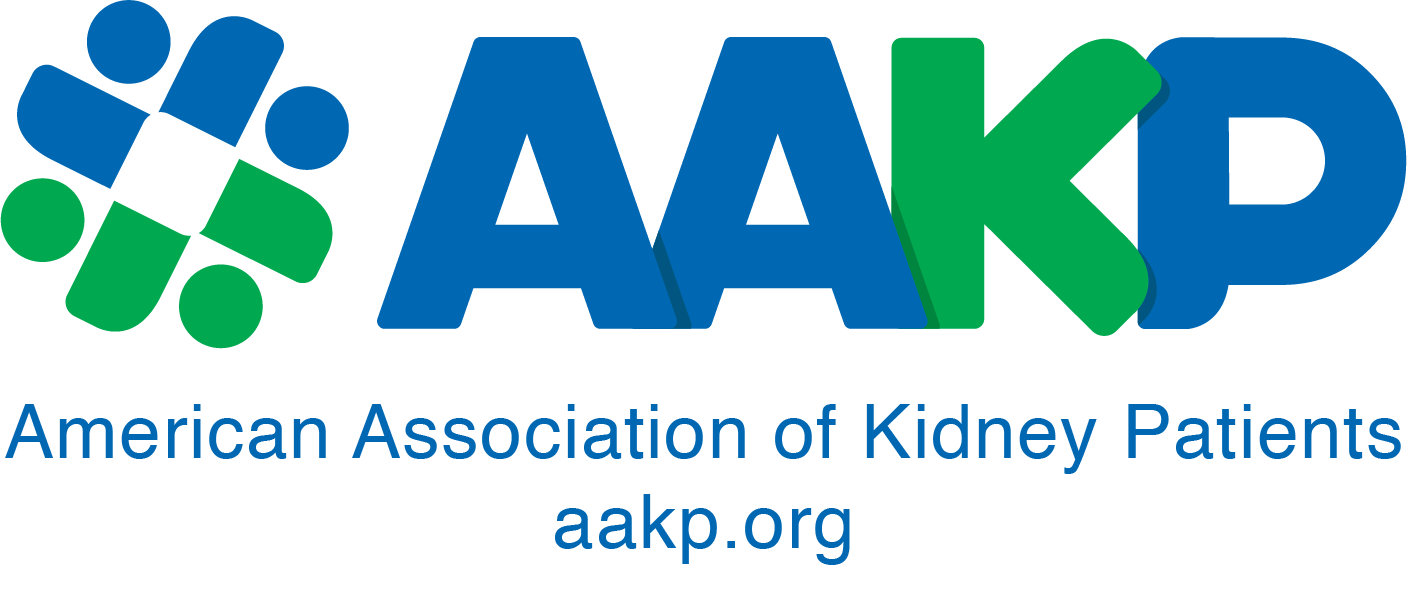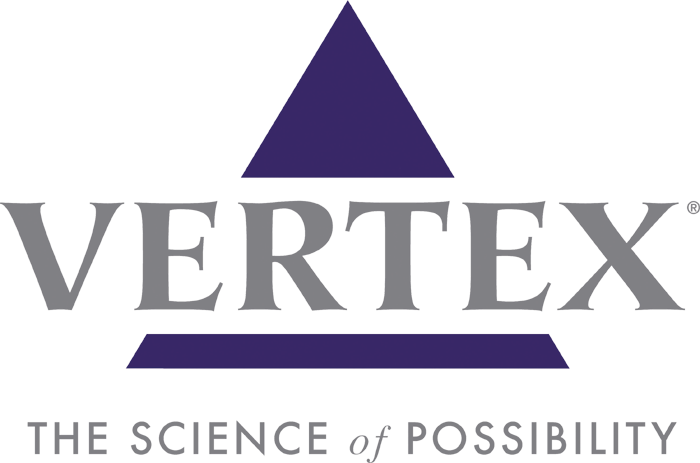Q&A with Liz Hurlburt, EVP and Chief Clinical Strategy and Operations Officer

Tell us about your first experience with a kidney patient, personally or professionally, and what impressions that left on you as a fellow human being?
I first came into the nephrology space in 2006, when I was asked to take over administration of a busy but flailing nephrology research program that worked with hundreds of both CKD and ESRD patients. On my first day, the doctor who hired me toured me through a unit, introducing me to a few patients and I was struck by how exposed the patients were, yet they were sitting in their chairs, chatting with chair mates, some sleeping, some reading, all while this very intense process was happening to them. I had never seen anything like it.
I spent a great amount of time from my childhood visiting my mother in the hospital, so I really thought I had seen it all, but I was wrong. From a sensory experience, I was overwhelmed with the smell of a dialysis unit, the vision of so many patients with their blood circulating, the nurses and PCT’s in action. It was very different than neurology, which is what I had been working in prior. I realized that every one of those patients had a different reason for being in the chair and I was fascinated to learn more.
Can you tell our AAKP national and global audiences why/how CorMedix first came into kidney disease space and about the company’s commitment learning from the unique insights and life experiences kidney patients and their families?
CorMedix has been committed to improving the lives of patients since its inception. Our lead asset, DefenCath, is a true labor of love that spans over a decade and so many people. After marketing a similar product as a device in Europe, and seeing how effective a taurolidine-containing catheter lock solution can be to reduce infections, we were compelled to bring it to the U.S. We continue to learn every day from the stories we hear from patients and providers and our own team. Two years ago, CorMedix lost a friend and colleague in Ken Massey, our Senior Vice President of Medical Affairs. While Ken received a kidney transplant from his sister, Becca, he intimately knew the challenges that dialysis patients faced. Despite his successes, Ken always imparted the patient perspective with compassion and humility into all of our work. I take that humility to heart and am committed to carrying that on.
As we know, there are safety risks for dialysis patients, including central venous catheter infections and catheter related blood stream infections (CRBSIs). Can you share how and why CorMedix developed DefenCath to help advance patient safety and to support the national policy goal of reducing CRBSIs?
Developing DefenCath has been a journey that has been more than a decade in the making. It started with a nimble group of individuals who brought the compound to the U.S. and paved a path forward with FDA until we had the LOCK IT-100 protocol established. We ran the largest Phase 3 randomized, clinical trial in the U.S. for the prevention of CRBSI and when it concluded, we followed the data.
Our current team, which includes some special folks who have been with CorMedix for a decade or more, saw the critical need that patients and providers have and feel there is a moral imperative to bring this type of innovation forward. This has not been an easy or straightforward journey. As you know, there are so many challenges with innovation in the renal space; lack of incentives, less patient choice than nearly every other therapeutic area, regulatory barriers, and complex reimbursement environments. In many ways, those challenges have fueled our team to keep fighting for what is, in many ways, a preventable crisis.
The number of CRBSI’s that are occurring in hemodialysis patients is staggering. We are aligned with the national policy goal of reducing CRBSI’s but moreover, we’re committed to all that is possible when CRBSI’s are not as prevalent. We’re committed to increased quality of life, less fear for patients who are dialyzing on a catheter, fewer hospitalizations, less antibiotic use, more patients eligible for transplantation and fewer deaths. Hemodialysis is a life-saving treatment that is unnecessarily burdened with the threat of widely preventable infections. We truly believe that dialysis patients deserve better and that providers have been waiting for something like DefenCath to further their efforts in protecting patients.
We understand that DefenCath is an FDA-approved catheter lock solution (CLS) proven to significantly reduce the incidence of CRBSIs. Can you tell us what makes this innovation unique – and how it differs from status quo care some patients may be receiving?
DefenCath is the first and only FDA- approved drug product to reduce the risk of incidence of CRBSI in adult patients receiving chronic hemodialysis via a CVC. There have been a number of efforts, from institution-specific protocols to public health initiatives like the CDC’s ‘Scrub the Hub’ that have been implemented in this vulnerable patient population. I think it’s important to note and commend any institution or provider that is taking action to address this issue. DefenCath is different in a number of ways than other devices or solutions and can be easily integrated into many established infection prevention protocols. First, DefenCath contains taurolidine, which is a new chemical entity to the U.S., a broad-spectrum antimicrobial- non-antibiotic- and heparin. Taurolidine, in the concentration present in DefenCath, has shown no known resistance to bacteria or fungi and because it is not an antibiotic, does not contribute to antimicrobial resistance. Bringing DefenCath to patients is a responsibility we take seriously. We don’t want to cause alarm but collectively, we have a responsibility to educate patients and providers on the risk of CRBSI and to educate on the options. DefenCath is the only drug on the market that has shown a 71% reduction in CRBSIs when compared to standard of care and the only product to demonstrate its efficacy in a large scale, double-blind, randomized clinical drug trial.
Many patients may be receiving heparin, which is critical to keep the line open and free from clots but does not have any infection prevention properties or antimicrobial catheter caps, that have shown they provide some protection for the catheter hub but not the entire length of the lumen and it’s very dependent on what it is mixed with. From a public health standpoint and in an effort to ensure that we are greatly improving patient safety and outcomes, we are committed to DefenCath becoming the standard of care for dialysis patients on a CVC.
How can patients learn if this technology is an option for them at their place of treatment or for other patients they know?
We have entered into agreements with 3 of the 4 top and expect very shortly for that to be 4 out of 5, and are working diligently with the newly signed customers to ensure DefenCath is available to patients in their facilities before the end of the year. Each dialysis provider has unique plans for implementation so it’s important for patients to realize that as a new technology, DefenCath may not be available to everyone on Day 1. We are very heartened at the position the majority of leading dialysis providers have taken when it comes to embracing a proven innovation and improving patient outcomes. I encourage patients to ask their clinician and work with AAKP on how to best use their voice when it comes to patient choice.
Life-saving innovations are of tremendous interest to vulnerable kidney patients and their families. From your perspective, how important is it for patients to engage with their kidney care professionals and actively discuss all available care choices which treatment works best for their needs?
I think it was NBC back in the 1980’s who launched the ‘The More You Know’ campaign and for me, that is the mantra when it comes to patient advocacy. Personally, I believe kidney care professionals are a very special kind of provider. Unlike many other specialties, there is not a lot of glamour in kidney care. What there is an extremely dedicated group of people who are committed to fighting for what is assumed in other disease states- Innovation, maximum patient agency, equitable access to proven therapies and more personalized healthcare.
An observation I’ve had through the years is how little voice is inherent in the dialysis patient care model and I think the work that AAKP is doing is critical to driving the change that is long overdue. Many dialysis providers are working to change the way patients engage in their own care. It’s imperative that while dialysis may be necessary, that we shift it from something being done ‘to’ the patient to something being done ‘for’ the patient and ‘with’ the patient. Autonomy and agency comes from being informed- of all of the options- including treatment modalities, choice of provider, choice of health plans and choice of medications.
I encourage patient consumers to own that term (patient consumer) and really understand that they can drive the change they are seeking. Taking the time to prepare questions for your care team, being open and transparent about what is working for you and what’s not, bringing a support person as a second set of ears and communicating what is important to you and why are not only patient rights but are the change agents to co-create a care plan.
As a thought leader in healthcare innovation, you know that it is not easy to develop a new approach to treat patients that challenges the status quo. What do you draw upon internally to keep your drive, optimism, and focus on patients going at full speed during the tough days?
Innovation is a beautiful mess in many ways. The energy, creativity and passion that it brings out is infectious, no pun intended. It’s exciting to think that the time you spend working so intently on something; the long nights, the travel, the time away from your family, is for something so much bigger than you. And sure, there are times that those efforts get thwarted; by some antiquated policy or illogical system or politics and it can be very discouraging. I have to let myself feel that frustration or disappointment when it occurs because that setback is the catalyst for the next wave of digging in and being resourceful.
For me, I think I draw upon what results from innovation and that is hope. Hope that ‘better’ is a real option, hope that real needs are not ignored and that we see and value the people that are depending on our industry to be better. Patients and their families in the kidney community have had a poverty of hope due to the lack of innovation for too long. While healthcare has become marketized and commoditized in so many ways, I am here for the patients and if my work can provide hope to patients in their most overwhelming or scary moments, then it’s all worth it. If we leech hope out of healthcare, we have nothing left.
Final question – AAKP patients think this last question reveals a lot about a person – can you share with us one of your heroes and what inspiration you gain from that person?
One individual that I draw a lot of inspiration from is Dr. Eric Manheimer, the former medical director of Bellevue Hospital. The humanity he brought forward during his tenure changed the narrative for many patients when it came to their experience with our healthcare system. Leading an institution like Bellevue is not for the faint of heart and the patients that filled those beds came with complex situations, heavily influenced by social determinants of health and Dr. Manheimer focused not only on the acute situation in of him but invested the time to address what mattered most to the patients and their families, which by proxy, improved patient outcomes. He didn’t have the answer to every problem, but he had a willingness to take on significant public health issues in creative, sometimes unorthodox ways. During his tenure, he himself became a cancer patient and that only deepened his commitment to peeling back the status quo and creating sustainable, patient-centered solutions. Dr. Manheimer’s willingness to test the boundaries of a system that, while designed for patients, was simultaneously failing them, is something I admire deeply.
Liz Hurlburt has held several progressive positions in clinical leadership, spending well over a decade in the renal innovation space in her 20+ years in healthcare. Liz has established multiple clinical operations infrastructures both within healthcare settings and industry and is passionate about building highly-engaged teams dedicated to improving patient outcomes and quality of life.
























